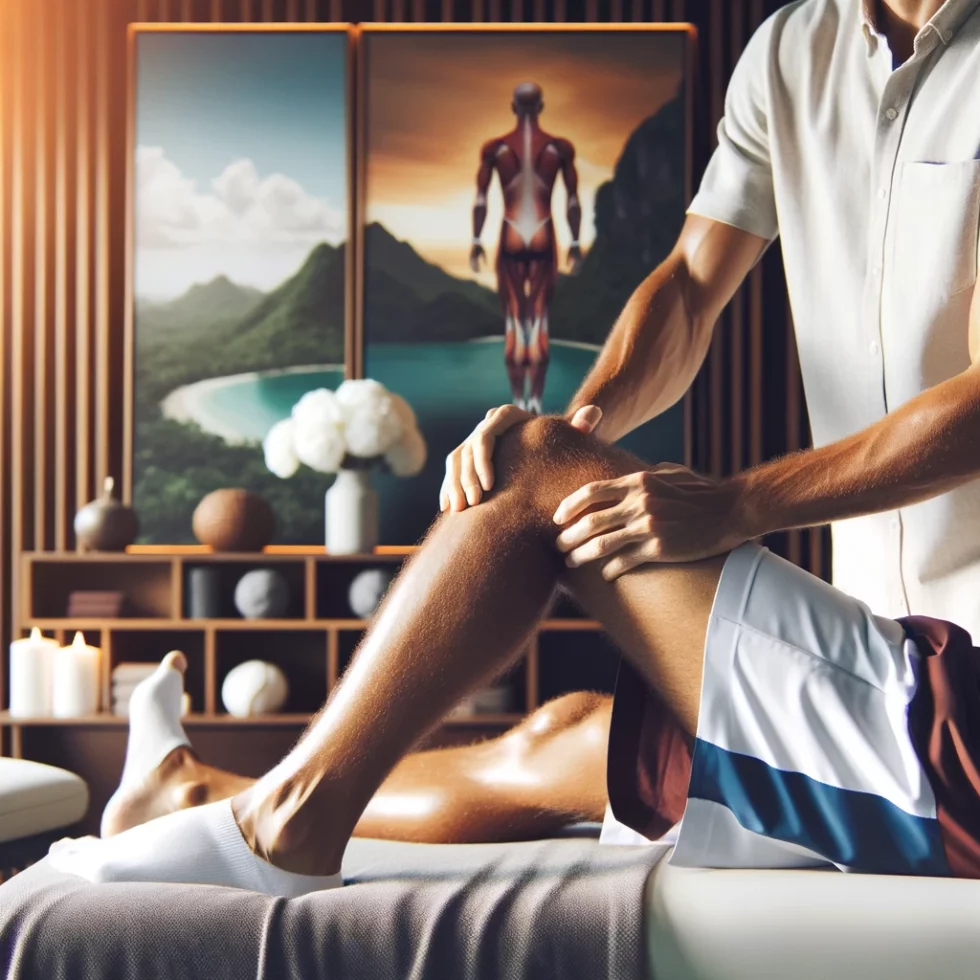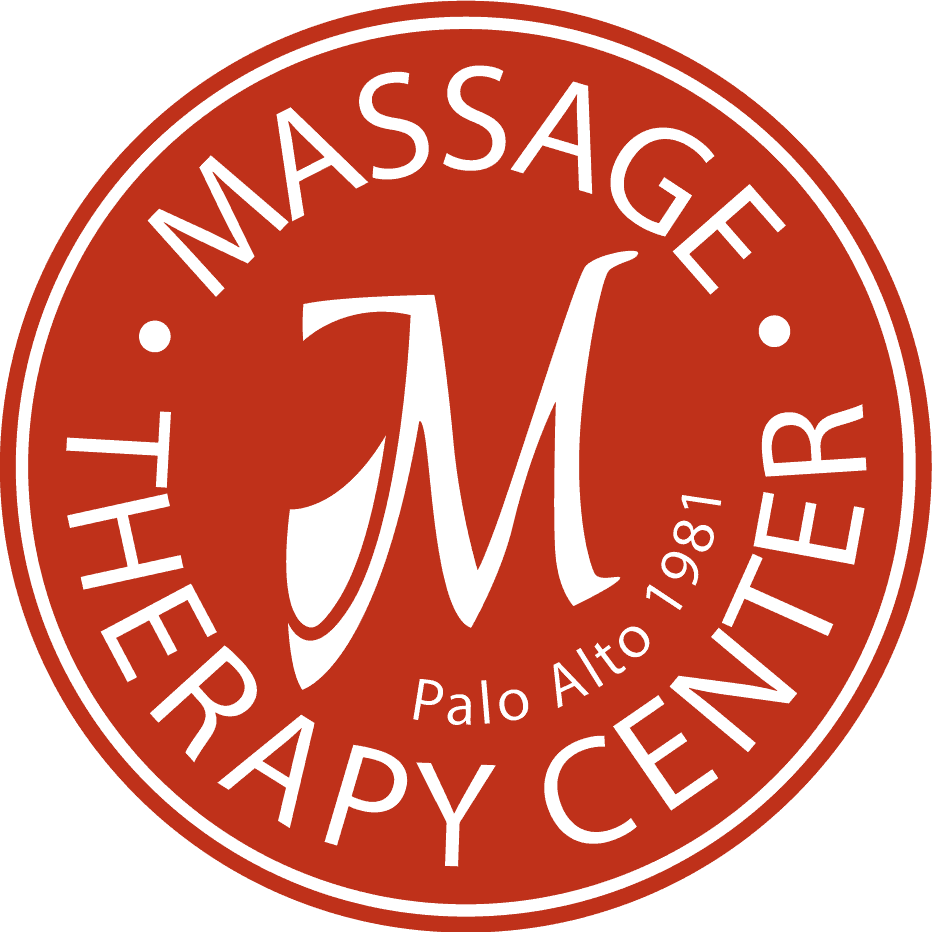Peak Performance and Beyond: The Transformative Power of Sports Massage

Sports massage, while originally developed for athletes, has transcended its initial realm to offer significant benefits to non-athletes as well. This therapeutic approach enhances physical performance, facilitates recovery, and prevents injuries, not only for athletes but for anyone who leads an active lifestyle or faces muscle tension and stress from daily activities. In the following, we will explore the history, techniques, benefits, and broader applications of sports massage, highlighting its relevance and advantages for both athletes and non-athletes alike.
History of Sports Massage
Historically, massage for athletic purposes dates back to ancient Greek and Roman times, where it was part of the athlete’s regimen. However, as sports medicine evolved in the 20th century, so did sports massage, adapting and expanding its techniques to cater to a wider audience. This expansion recognized the universal benefits of massage for muscle recovery, stress relief, and overall wellness, making it relevant to the general population.

Techniques and Applications
The core techniques of sports massage, such as Swedish massage, deep tissue massage, myofascial release, and trigger point therapy, are applied with the goal of enhancing blood circulation, reducing muscle tension, promoting flexibility, and alleviating pain. These techniques are beneficial not only for athletes preparing for competition or recovering from physical exertion but also for non-athletes dealing with the physical strains of everyday activities, such as prolonged sitting, repetitive motions, or manual labor.
For non-athletes, sports massage provides a tailored approach to addressing specific muscle groups affected by their daily routines. It offers a proactive method for managing stress, enhancing posture, and maintaining general physical health. The application of sports massage techniques can be adjusted to the individual’s needs, focusing on relaxation and therapeutic benefits rather than athletic performance.

Benefits Beyond Athletics
The benefits of sports massage extend well into the realm of general health and wellness. For non-athletes, regular massage sessions can lead to improved blood circulation, reduced risk of injury, and alleviation of muscle soreness. Additionally, the psychological benefits, such as reduced anxiety and enhanced mood, contribute to a better quality of life.
Moreover, sports massage plays a crucial role in preventative health care. By addressing the early signs of muscle imbalance and tension, it prevents the progression to more serious musculoskeletal issues. This aspect is particularly beneficial for individuals whose daily activities may not involve rigorous physical exercise but still put them at risk for posture-related issues and repetitive strain injuries.

Considerations for Everyone
Regardless of athletic status, it’s important to recognize that sports massage is not a one-size-fits-all solution and may not be suitable for everyone. Individuals with certain health conditions or acute injuries should consult a healthcare provider before undergoing sports massage. However, when applied appropriately, sports massage can be an invaluable tool for maintaining and enhancing physical and mental well-being.
